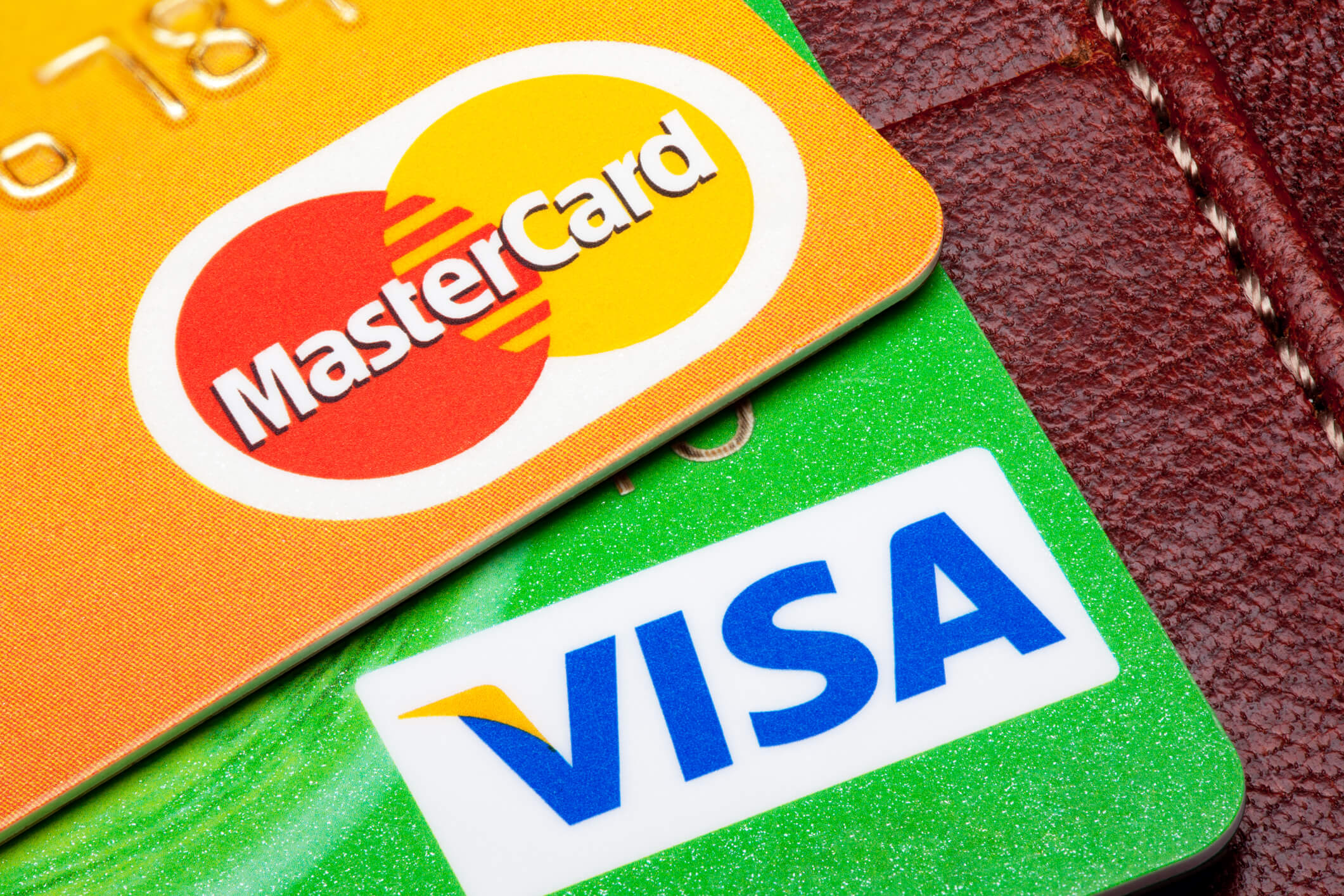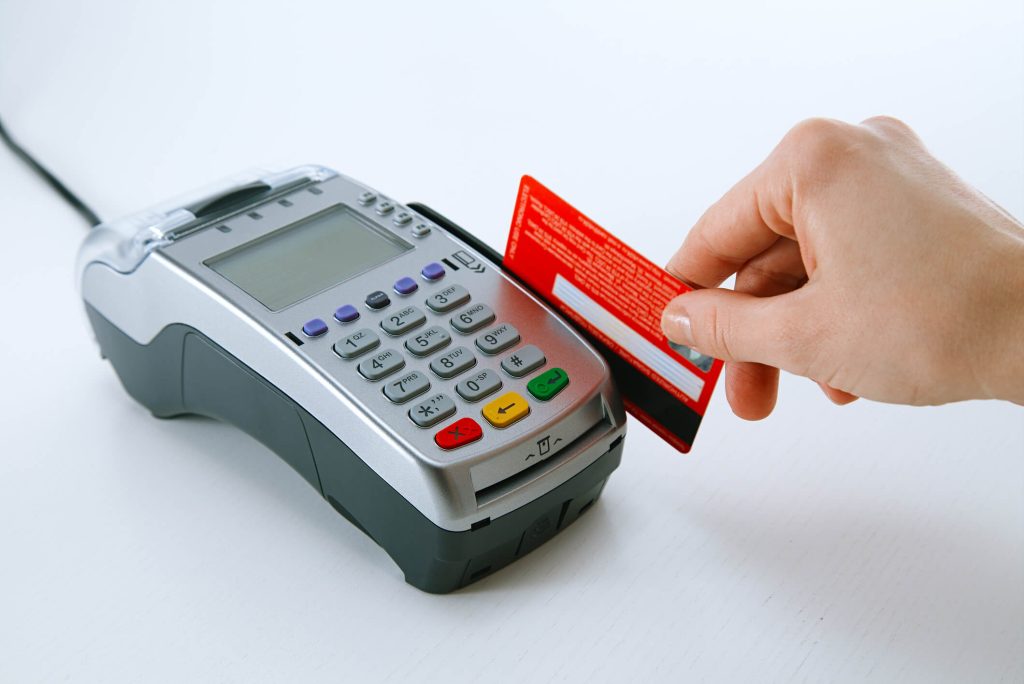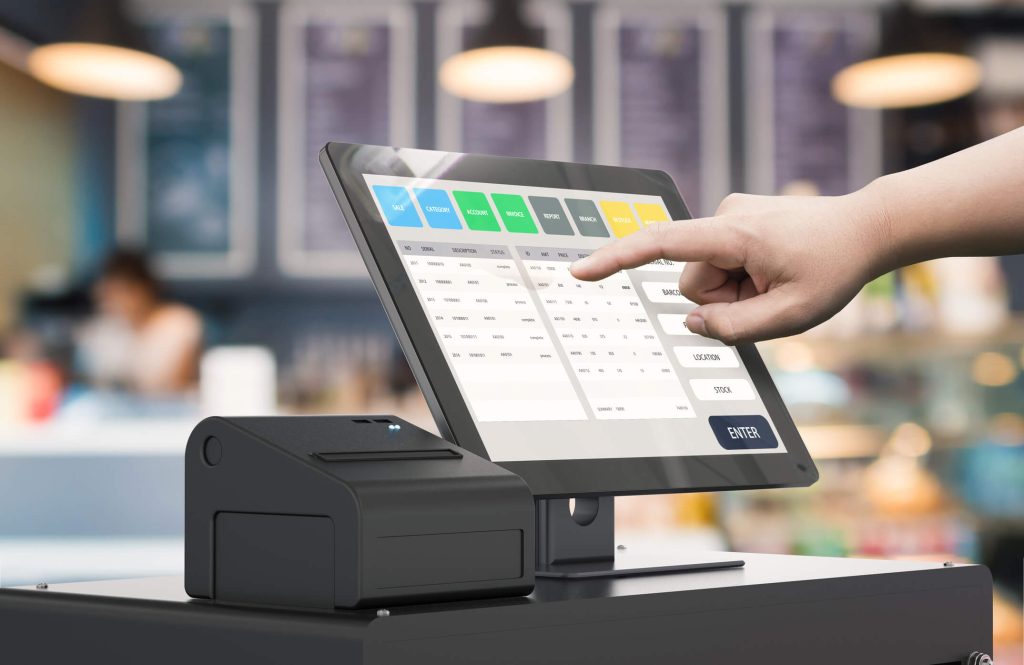
By admin May 28, 2024
In today’s digital age, merchant services have become an integral part of running a successful fitness business. Whether you own a gym, yoga studio, or personal training center, having the right merchant services in place can significantly impact your bottom line.
This comprehensive guide will delve into the importance of merchant services for fitness businesses, exploring what they are, why they are essential, and the benefits they offer. We will also discuss the different types of merchant services available, how to choose the right provider, and provide a step-by-step guide on implementing these services. Additionally, we will address common challenges and solutions, best practices for maximizing revenue and growth, and answer frequently asked questions about merchant services for fitness businesses.
What are Merchant Services and Why are They Essential for Fitness Businesses?
Merchant services refer to a range of financial services that enable businesses to accept and process payments from customers. These services include credit and debit card processing, electronic payment gateways, point-of-sale (POS) systems, and online payment solutions. For fitness businesses, merchant services are essential for several reasons.
Firstly, accepting credit and debit card payments is no longer a luxury but a necessity in today’s cashless society. According to a survey conducted by the Federal Reserve, in 2020, 77% of consumers preferred using cards or digital wallets for payments. By offering multiple payment options, fitness businesses can cater to the preferences of their customers, resulting in increased sales and customer satisfaction.
Secondly, merchant services streamline the payment process, making it faster and more convenient for both the business and its customers. With POS systems and online payment solutions, fitness businesses can accept payments quickly and securely, reducing the time spent on manual cash handling and minimizing the risk of errors or theft.
Furthermore, merchant services provide businesses with valuable data and insights. By analyzing transaction data, fitness businesses can gain a better understanding of their customers’ purchasing behavior, preferences, and trends. This information can be used to tailor marketing strategies, improve customer experiences, and make informed business decisions.
Benefits of Merchant Services for Fitness Businesses: A Comprehensive Overview
Implementing merchant services can bring numerous benefits to fitness businesses. Let’s explore some of the key advantages in detail:
- Increased Revenue: By accepting credit and debit card payments, fitness businesses can attract a larger customer base. Studies have shown that businesses that accept cards experience higher sales volumes compared to those that only accept cash. Additionally, offering convenient payment options can encourage impulse purchases and increase customer spending.
- Improved Cash Flow: Merchant services enable businesses to receive payments quickly, reducing the time between the sale and the availability of funds. This improved cash flow can help fitness businesses manage their expenses, pay vendors, and invest in growth opportunities.
- Enhanced Customer Experience: Providing customers with multiple payment options, such as credit cards, debit cards, and mobile wallets, enhances their overall experience. Customers appreciate the convenience and flexibility of choosing their preferred payment method, leading to increased customer satisfaction and loyalty.
- Reduced Risk of Fraud: Merchant services employ advanced security measures to protect businesses and their customers from fraudulent activities. Encryption technologies, tokenization, and fraud detection systems help safeguard sensitive payment information, reducing the risk of data breaches and financial losses.
- Streamlined Operations: Merchant services automate payment processes, eliminating the need for manual cash handling and reducing the chances of human errors. This streamlines operations, allowing fitness businesses to focus on providing quality services and improving customer experiences.
- Access to Valuable Data: Merchant services provide businesses with detailed transaction data, including customer demographics, purchase history, and spending patterns. Analyzing this data can help fitness businesses identify trends, target marketing campaigns, and personalize offerings to meet customer needs.
Exploring Different Types of Merchant Services for Fitness Businesses
Fitness businesses have a variety of merchant services to choose from, depending on their specific needs and preferences. Let’s explore some of the most common types of merchant services available:
- Credit and Debit Card Processing: This is the most basic and essential merchant service for fitness businesses. It allows businesses to accept payments via credit and debit cards, either through a physical card terminal or an online payment gateway.

- Point-of-Sale (POS) Systems: POS systems are comprehensive solutions that combine hardware and software to facilitate payments, inventory management, and customer relationship management. These systems often include features such as barcode scanning, receipt printing, and sales reporting.

- Online Payment Solutions: With the rise of e-commerce, fitness businesses can benefit from online payment solutions that enable them to accept payments through their website or mobile app. These solutions often include features such as shopping carts, secure payment gateways, and integration with other business tools.
- Mobile Payment Solutions: Mobile payment solutions allow fitness businesses to accept payments using smartphones or tablets. These solutions are particularly useful for businesses that operate in multiple locations or offer mobile services, such as personal trainers or outdoor fitness classes.
Choosing the Right Merchant Service Provider for Your Fitness Business
Selecting the right merchant service provider is crucial for the success of your fitness business. Here are some factors to consider when choosing a provider:
- Reputation and Reliability: Look for a provider with a solid reputation and a track record of reliability. Read reviews, ask for recommendations from other business owners, and ensure that the provider has a robust infrastructure to handle your business’s payment needs.
- Pricing and Fees: Compare pricing structures and fees offered by different providers. Look for transparent pricing models with no hidden charges. Consider factors such as transaction fees, monthly fees, setup fees, and any additional costs for hardware or software.
- Payment Options: Ensure that the provider supports the payment options you want to offer, such as credit cards, debit cards, mobile wallets, or online payments. Consider the provider’s compatibility with your existing POS system or e-commerce platform if applicable.
- Security Measures: Security should be a top priority when selecting a merchant service provider. Inquire about the provider’s security protocols, such as encryption, tokenization, and fraud detection systems. Additionally, ensure that the provider is compliant with industry standards, such as Payment Card Industry Data Security Standard (PCI DSS) requirements.
- Customer Support: Look for a provider that offers reliable customer support. Consider factors such as availability, response time, and the provider’s reputation for resolving issues promptly. Good customer support is essential for troubleshooting technical problems and ensuring smooth payment processing.
Implementing Merchant Services: Step-by-Step Guide for Fitness Businesses
Implementing merchant services in your fitness business involves several steps. Here is a step-by-step guide to help you through the process:
- Assess Your Business Needs: Determine the specific payment needs of your fitness business. Consider factors such as the volume of transactions, the types of payments you want to accept, and any additional features or integrations you require.
- Research and Compare Providers: Research different merchant service providers and compare their offerings. Consider factors such as pricing, features, security measures, and customer support. Create a shortlist of providers that align with your business needs.
- Request Quotes and Proposals: Contact the shortlisted providers and request quotes or proposals. Provide them with detailed information about your business requirements, including transaction volume, average ticket size, and any specific features you need.
- Evaluate Proposals: Evaluate the proposals received from the providers. Consider factors such as pricing, contract terms, hardware or software requirements, and any additional services or features offered. Pay attention to any hidden fees or long-term commitments.
- Test the Service: Before committing to a provider, test their service to ensure it meets your expectations. If possible, set up a trial period or request a demo to experience the payment process firsthand. Test different payment scenarios and assess the user experience from both the business and customer perspectives.
- Sign the Agreement: Once you have selected a provider, review the contract carefully before signing. Ensure that all terms and conditions are clearly stated, including pricing, fees, contract duration, and any termination clauses. Seek legal advice if necessary.
- Set Up the System: Work with the provider to set up the merchant services system for your fitness business. This may involve installing hardware, integrating software, or configuring online payment gateways. Ensure that the system is tested thoroughly before going live.
- Train Staff: Train your staff on how to use the merchant services system effectively. Provide them with clear instructions on processing payments, handling refunds or disputes, and troubleshooting common issues. Regularly update staff on any system updates or changes.
- Promote Payment Options: Once the system is in place, promote the payment options available to your customers. Display signage, update your website, and inform customers through email or social media. Emphasize the convenience and security of the payment options to encourage adoption.
Common Challenges and Solutions in Utilizing Merchant Services for Fitness Businesses
While merchant services offer numerous benefits, fitness businesses may encounter some challenges during implementation and usage. Here are some common challenges and their solutions:
- Technical Issues: Technical issues such as connectivity problems, software glitches, or hardware malfunctions can disrupt payment processing. To mitigate these challenges, ensure that you have reliable internet connectivity, regularly update software and hardware, and have a backup plan in case of emergencies.
- Security Concerns: Security is a major concern when handling customer payment information. To address this challenge, choose a reputable provider that employs robust security measures. Train your staff on data security best practices, such as not storing sensitive payment information and regularly updating passwords.
- Payment Disputes and Chargebacks: Payment disputes and chargebacks can occur when customers dispute a charge or request a refund. To minimize these challenges, clearly communicate your refund policy to customers, promptly address customer concerns, and keep detailed records of transactions to provide evidence if needed.
- Integration Issues: If you are integrating merchant services with existing systems, such as POS or e-commerce platforms, compatibility issues may arise. To overcome this challenge, choose a provider that offers seamless integration with your existing systems or seek professional assistance to ensure a smooth integration process.
Maximizing Revenue and Growth with Merchant Services: Best Practices for Fitness Businesses
To maximize revenue and growth with merchant services, fitness businesses can follow these best practices:
- Offer Multiple Payment Options: Provide customers with a variety of payment options, including credit cards, debit cards, mobile wallets, and online payments. Catering to diverse customer preferences increases the likelihood of completing a sale and encourages repeat business.
- Optimize the Checkout Process: Streamline the checkout process to minimize friction and maximize conversions. Ensure that the payment process is quick, user-friendly, and secure. Simplify form fields, offer guest checkout options, and provide clear instructions to guide customers through the payment process.
- Leverage Customer Data: Utilize the transaction data provided by your merchant services to gain insights into customer behavior and preferences. Identify trends, segment your customer base, and personalize marketing campaigns to target specific customer segments effectively.
- Implement Loyalty Programs: Use your merchant services to implement loyalty programs that reward customers for their repeat business. Offer incentives such as discounts, freebies, or exclusive access to special events. Loyalty programs not only encourage customer retention but also attract new customers through word-of-mouth referrals.
- Monitor and Optimize Performance: Regularly monitor your merchant services performance to identify any issues or areas for improvement. Analyze transaction data, track key performance indicators (KPIs), and make data-driven decisions to optimize your payment processes and increase revenue.
Frequently Asked Questions (FAQs) about Merchant Services for Fitness Businesses
Q.1: What are the costs associated with merchant services for fitness businesses?
Answer: The costs associated with merchant services vary depending on the provider and the specific services required. Common costs include transaction fees, monthly fees, setup fees, and hardware or software costs. It is important to carefully review the pricing structure and any additional fees before selecting a provider.
Q.2: How long does it take to set up merchant services for a fitness business?
Answer: The setup time for merchant services can vary depending on the provider and the complexity of your business requirements. It can range from a few days to a few weeks. It is advisable to start the process well in advance to ensure a smooth transition and minimize any disruptions to your business operations.
Q.3: How secure are merchant services for fitness businesses?
Answer: Merchant services employ various security measures to protect businesses and their customers. These measures include encryption, tokenization, and fraud detection systems. It is important to choose a reputable provider that complies with industry security standards, such as PCI DSS, to ensure the highest level of security for your business and customers.
Q.4: Can I accept online payments for my fitness business?
Answer: Yes, fitness businesses can accept online payments through their website or mobile app. Online payment solutions enable businesses to securely process payments and provide customers with a convenient way to pay for services or products.
Q.5: How can I prevent payment disputes and chargebacks?
Answer: To prevent payment disputes and chargebacks, clearly communicate your refund policy to customers and promptly address any customer concerns or issues. Keep detailed records of transactions, including receipts and customer communications, to provide evidence in case of disputes. Regularly review and update your refund policy to ensure it aligns with industry best practices.
Conclusion
Merchant services play a vital role in the success of fitness businesses. By offering multiple payment options, streamlining operations, and providing valuable data insights, merchant services can significantly impact revenue, customer satisfaction, and business growth. Fitness businesses should carefully evaluate their specific needs, choose a reputable provider, and implement the right merchant services to optimize their payment processes. By following best practices, addressing common challenges, and leveraging the power of merchant services, fitness businesses can thrive in the competitive fitness industry and achieve long-term success.